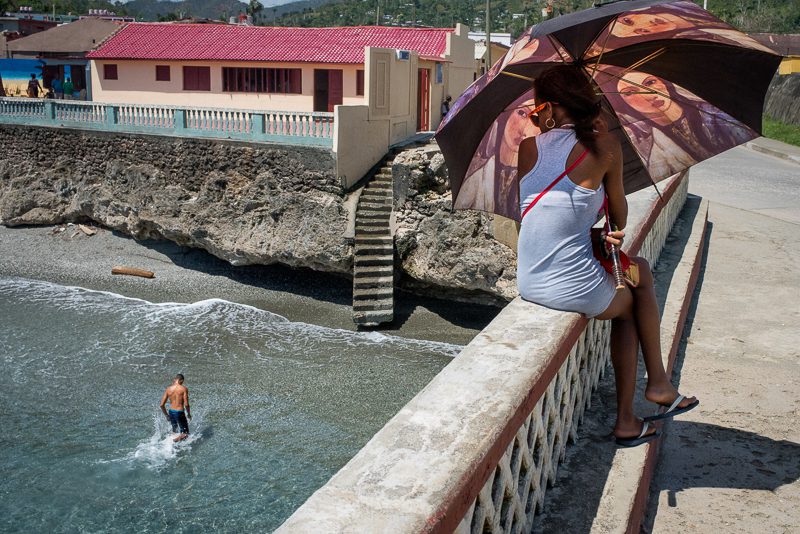There are more than 11 million reasons to visit Cuba – its people! Cubans are welcoming, proud, resilient, gracious, industrious, and always happy to share a story with a visitor. Cuba’s people are its greatest asset and the most fascinating part of this complex island nation.
SFW Cuba Experience
Since 2010 Santa Fe Workshops has offered educational programs to explore and discover Cuba through photography. Authorized and licensed by U.S. Department of the Treasury, our programs offer a full-time schedule of activities that provide unique access to the backstage of Cuba and focus on interactions with its friendly people while recording their amazing lives with our cameras. It is through these personal exchanges that true understanding between peoples is born, not through isolation and restrictions. Many of our current trips to Cuba are People-to-People Cultural Exchanges grandfathered by General License 515.565(b) for Educational Activities. Other trips are authorized by General License 515.574 set forth for Support for the Cuban People.
Our small group sizes encourage compelling educational and photographic experiences. Each program is led by a Santa Fe Workshops lead photographer who contributes their knowledge and insights of Cuba, plus an English-speaking Cuban photographer who provides expertise to the program; their local knowledge is the passport to experiencing Cuba well beyond that of the average visitor.
Live the dream and join us for a memorable journey to Cuba this winter. View all our upcoming Cuba programs here.
Visit the General Information section for Cancellation and Transfer information specific to our Cuba programs.
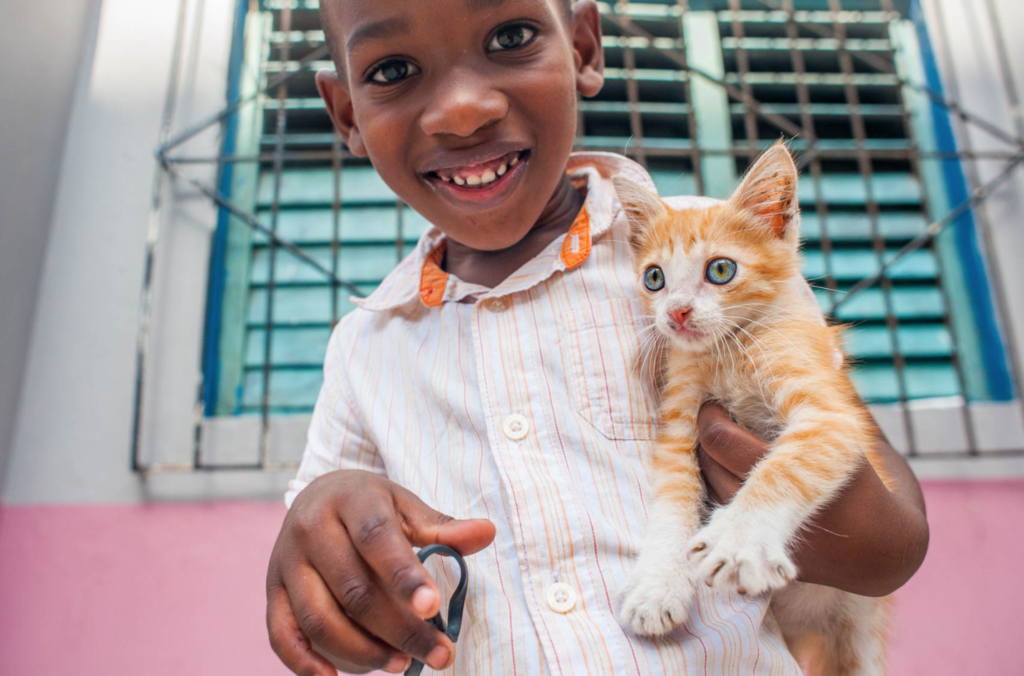
Traveling in Cuba
Cameras & Equipment in Cuba
Bring your normal photographic gear: camera, lenses, a flash, and any other essential gear you use when photographing; a tripod is optional (because of weight) but if you typically shoot with one you may want to consider bringing a lightweight, compact tripod. A small to medium-sized camera bag that allows easy access without having to unpack is very important (large camera bags are too heavy to carry around all day—you need to travel light). You will be limited to two (2) camera bodies and appropriate lenses; fast prime lenses are very useful. Pack as light a kit as you can without compromising your craft. Remember there is a lot of walking to do and you don’t want to be encumbered or draw undue attention. So, at the risk of repeating, only bring the most essential photography gear.
Please note: Video cameras attract a great deal of attention and consequently, serious inspection. We highly discourage bringing these to Cuba.
You are allowed to bring in one laptop into Cuba, and please limit yourself to one portable hard drive and a couple of “jump” drives. You will be stopped and your bags searched by Cuban Customs authorities if they detect more than one hard drive in your luggage, and they x-ray all bags. Carry your cameras, lenses and laptop on your person when you travel so they are readily available for inspection. Your tripod (if you choose to bring one), hard drive and other accessories can be wrapped up in your clothing for protection. Like American officials, Cuban officials are cautious about travelers importing items for Cubans and skirting import tariffs. If you are bringing in any new equipment, make sure it is unpackaged and price tags are removed.
A digital camera is a must if you wish to share your images with others during the week. If you want to photograph with film you will need to take it home for processing. Please make sure your photography equipment is in good working order before leaving home, and be sure to bring extra batteries. There is nothing more frustrating than having your equipment quit, particularly in Cuba where repair or replacement is impossible. Check with your insurance company and make sure your photographic equipment is covered while you are in Cuba.
Digital Capture
It is important to bring your own laptop computer for this program if you want to have your images viewed by the group leader and to be included in the group critique and the final image presentation at the end of the trip. An iPad or “digital wallet” is not an adequate substitution due to their limited functionality for photo management and processing, and are further limited by spotty internet connections throughout Cuba. Please be aware that you will need to be technically self-sufficient: You must know how to download images from your camera to your computer and organize them. We recommend using Adobe Lightroom, but any workflow software is fine providing you know how to use it. You’ll be called upon to narrow down your images into a reasonable number for review.
Do not buy a new camera or computer right before the trip and expect to learn how to use it during the week.
Safety in Cuba
Violent crime is extremely rare in Cuba, so you can walk in most any neighborhood in Havana during the day and be quite safe. In the evening, traveling in groups is a good idea, and as in any large city, take precautions against theft: Pay attention to your surroundings and secure your camera gear, don’t leave your camera bag unattended while photographing, or leave it behind your chair during a meal.
Visitors should also be aware that medications are far less available in Cuba. Therefore, you should bring all prescription medications required for the entire trip, as well as any other medications or items (such as insulin, inhalers; epi-pens; etc.) advised by your physician. Over-the-counter medicines common in the U.S. are also not readily available in Cuba, even at pharmacies or clinics, so visitors are advised to bring a supply of ibuprofen or aspirin, Imodium or Pepto Bismol, hand sanitizer, and antacids if you may need them.
Havana
Havana is the gateway to Cuba; a city where life is shared and expressed on the vibrant streets. The neighborhoods are active and alive; you may experience an impromptu baseball game, catch a ride in classic cars of the 40s and 50s, glimpse laundry blowing in-between buildings like over-sized garlands amid a backdrop of magnificently decaying colonial architecture. Strolling at El Malecon offers a coastline promenade for sunrise solitude or prime people watching at sunset. While the time-warp scenery is visually mesmerizing, it is the heart and soul of the Cuban people that wake you up to be present, in the here and now. You will experience their pride, open-mindedness, ingenuity and warmth resulting in trip like no other.
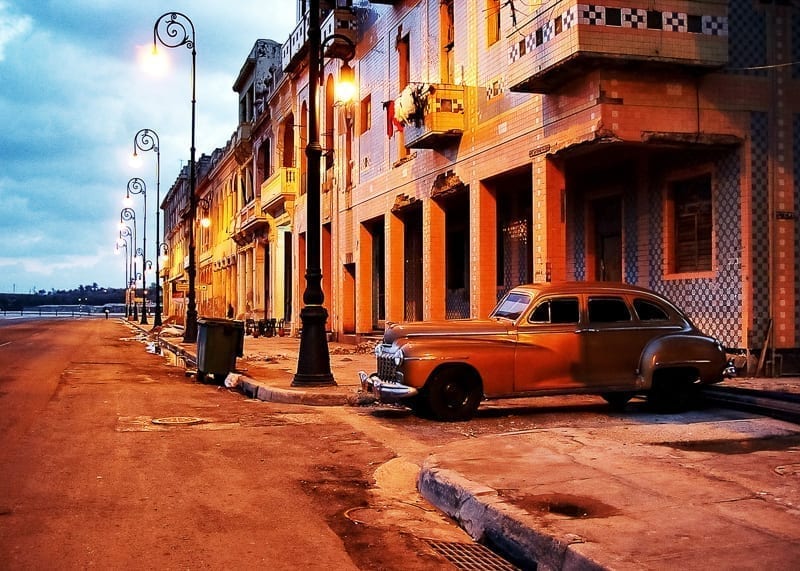
Viñales Valley
This area is a 2.5 hour drive from the hustle and bustle of Havana. An area of serenity with a bizarre other-worldly quality to the landscape due to limestone-formed hills called mogotes, that has withstood thousands of years of rainfall erosion. These hills pop-up thru the flat valley floor which produces a prime agricultural area for tobacco growing and farming. Viñales Valley is the main cigar-manufacturing region as well. This is a prime location for hiking, bird-watching, mountain biking and cave exploration.
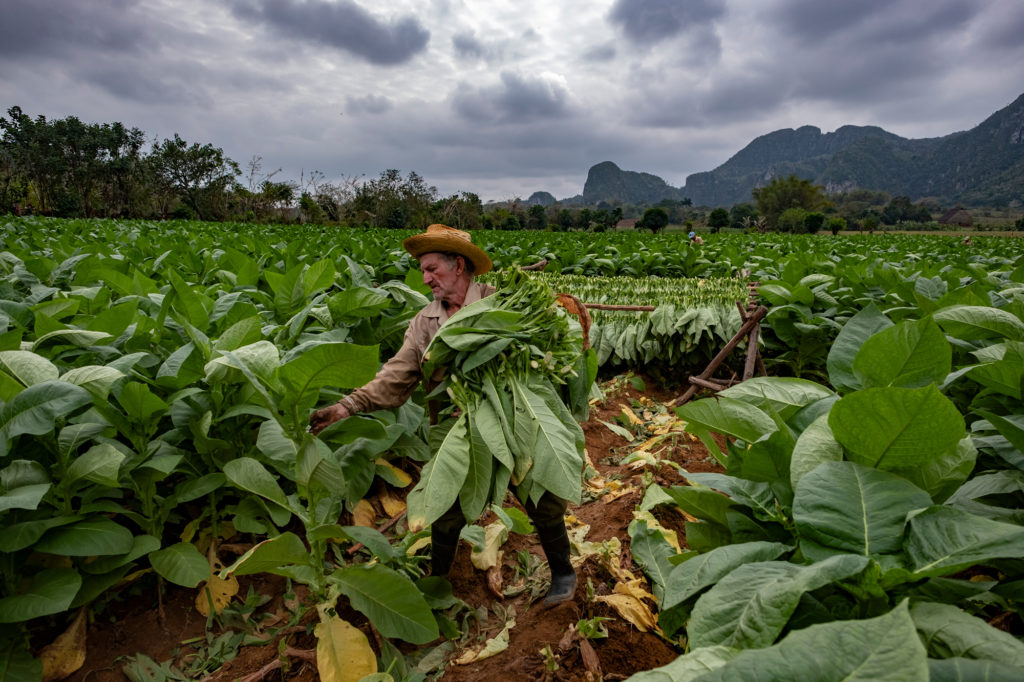
Cienfuegos City
This area is a 2.5 hour drive from the hustle and bustle of Havana. An area of serenity with a bizarre other-worldly quality to the landscape due to limestone-formed hills called mogotes, that has withstood thousands of years of rainfall erosion. These hills pop-up thru the flat valley floor which produces a prime agricultural area for tobacco growing and farming. Viñales Valley is the main cigar-manufacturing region as well. This is a prime location for hiking, bird-watching, mountain biking and cave exploration.
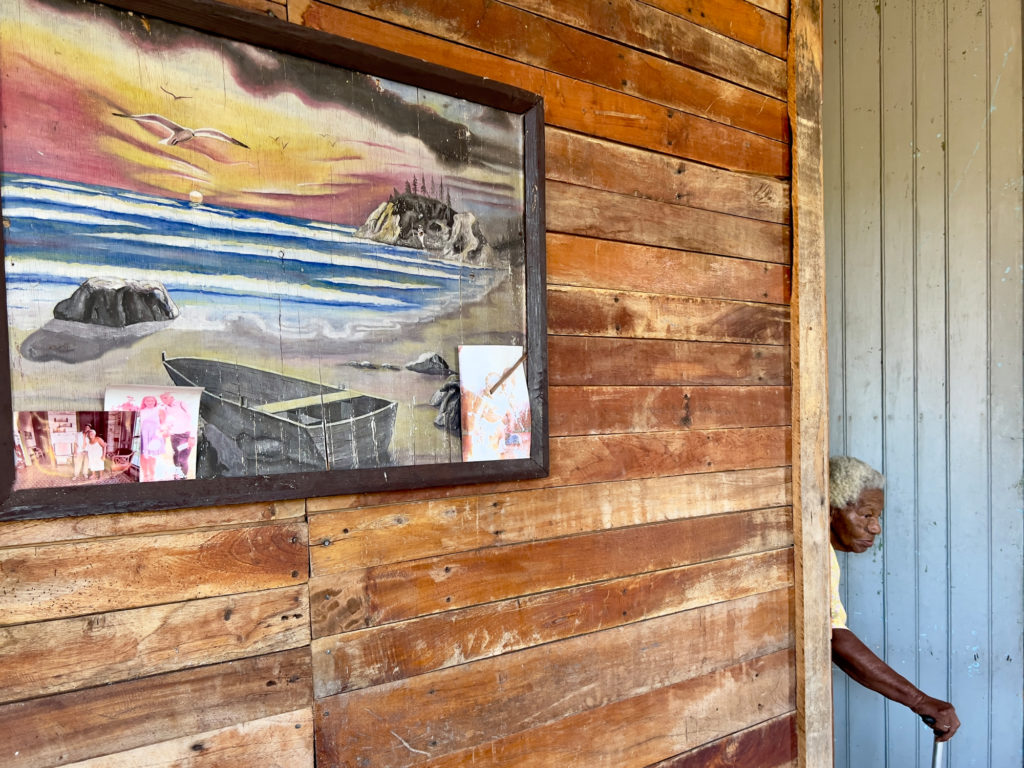
Santa Clara
Very close in proximity to Cienfuegos on the eastern coast, this city is heavily connected to the Che Guevara story with many monuments paying homage to this revolutionary hero. Many theater and musical events are supported by a broad range of subcultures. This is a place to go to for picture-perfect beaches juxtaposed with a vibrant urban center.
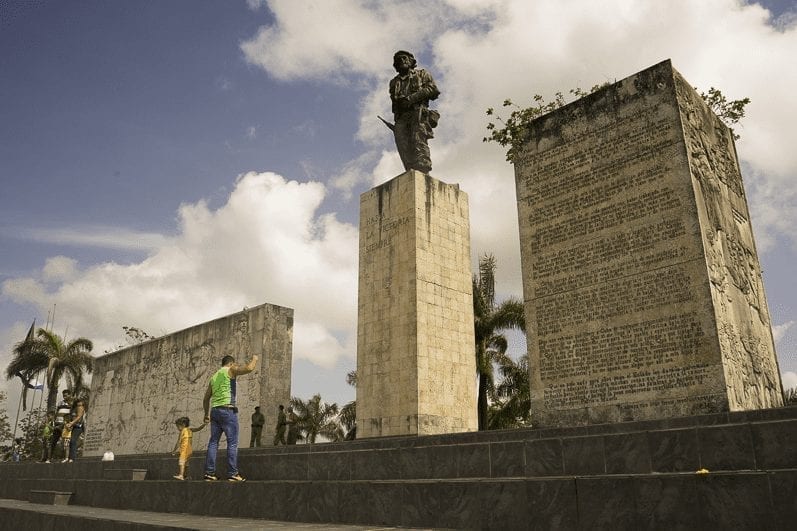
Trinidad
In the central region of Cuba, Spanish settled here in 1514 and over the centuries have created a historical showcase of colonial architecture with cobblestone streets and pedestrian-friendly center squares. The pace is slow with many traffic-free zones, horse drawn carts, and with an ambiance to award this city as an UNESCO World Heritage site. The local residents are especially entrepreneurial with many casa particulares, paladars, art & craft stalls and shops, private dance schools and more. This city is surrounded by many beaches on the west coat, scenic mountains, and a surrounding heartland that supports sugar cane and tobacco fields, along with many cattle ranges.
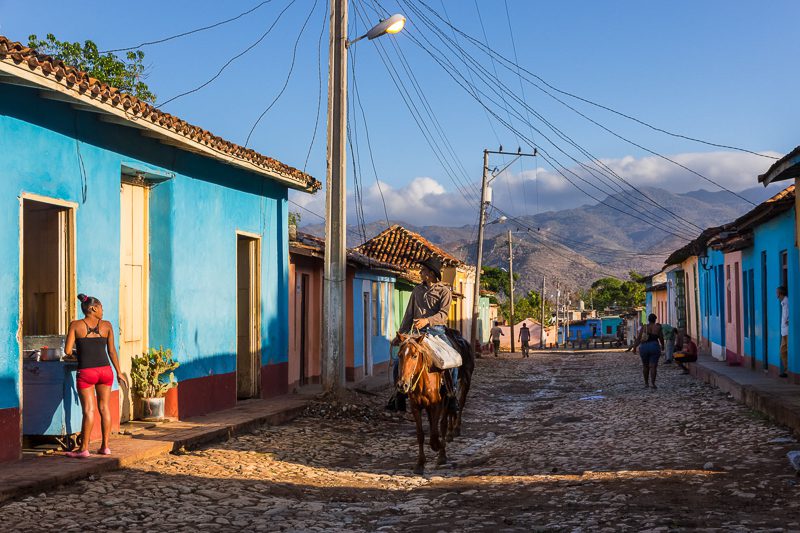
Camagüey City
As you continue south from Trinidad, the next big stop is Camagüey. The city’s name is thought to originate from the Amerindian indigenous people’s word camagua, for a wild shrub common to the lowlands that’s believed to have magical properties. Also unique to this city, called the “City of Legends”, is its nontraditional windy streets and maze-like street system, no urban grid here! As you slowly wander and explore these narrow cobblestone streets, it will be fun to get lost for a moment; that was the original intention for this puzzling layout, designed specifically to confuse the marauding pirates back-in-the-day. Similar to Trinidad, this is an UNESCO World Heritage site, established in 1514 as well, and surrounded by the agricultural heartland of Cuba.
Traditionally, the whole of the country east of Camagüey is known simply as the “Oriente”. The three provinces that make up the northern Oriente – Las Tunas, Holguín and Guantánamo – form a landscape of panoramic pine-scented and palm-studded mountains rising from vast flatlands of sugarcane.
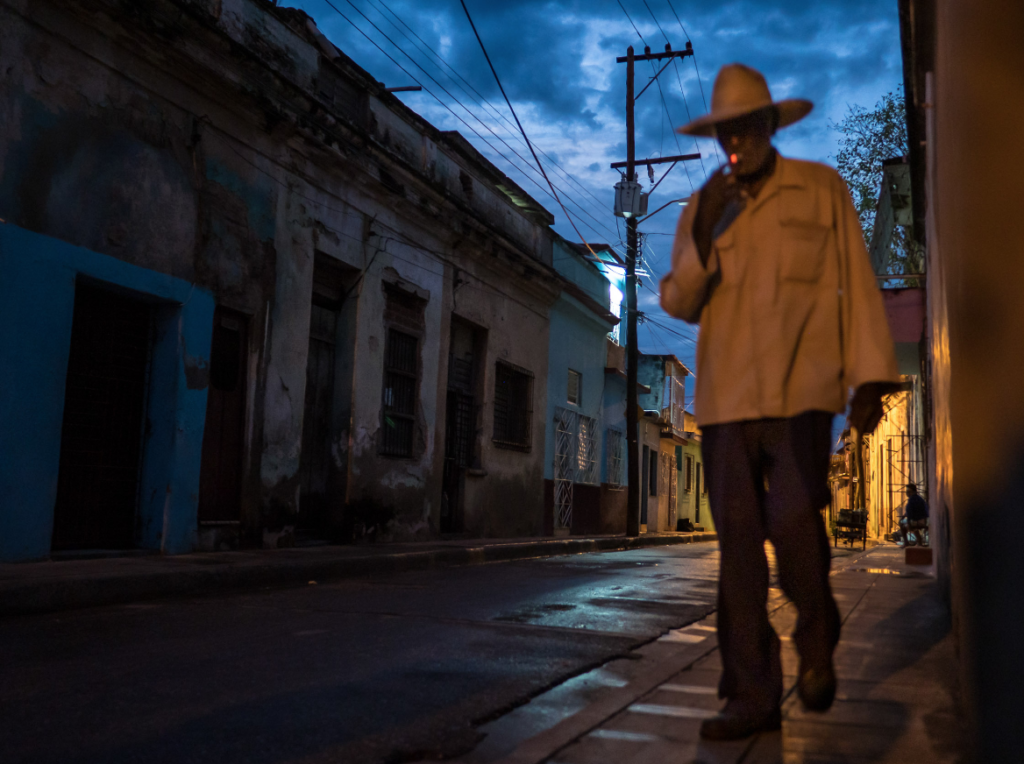
Santiago de Cuba
This is Cuba’s second largest city. For the history buff, this port city is the birthplace of the revolution and the final resting place of Fidel Castro’s ashes in the Santa Ifigenia Cemetery. For the music lover, this city will pull you in with live music in the streets! This city is considered the ‘soul’ of Afro-Cuban and Afro-Caribbean heritage expressed through music, dance and religion. This city takes pride as being known for the best Carnival celebration in Cuba, maybe even the whole of the Caribbean.
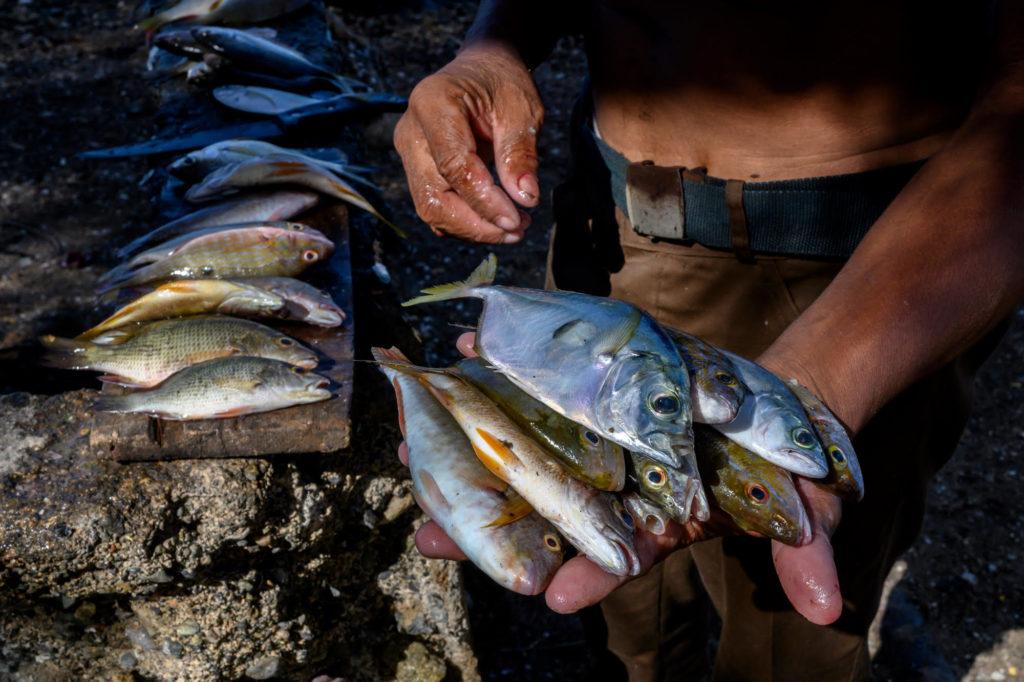
Baracoa
This is the most laid-back city on the island and anyone interested in nature, archeology, or geographical remoteness, this may be your place. Baracoa has the most pristine and beautiful countryside in Cuba, protected by a mountain range, Sierra Maestra that created a buffer zone from expansion and the flood of foreign visitors in other areas of the island. Also, this is the only place in Cuba where descendants of the indigenous Taíno can still be found. Their legacy is still present in the local legends, myths and food, such as sweet cucurucho, a mix of coconut, sugar, honey, nuts, guava, papaya blended together and packaged in a palm frond.
